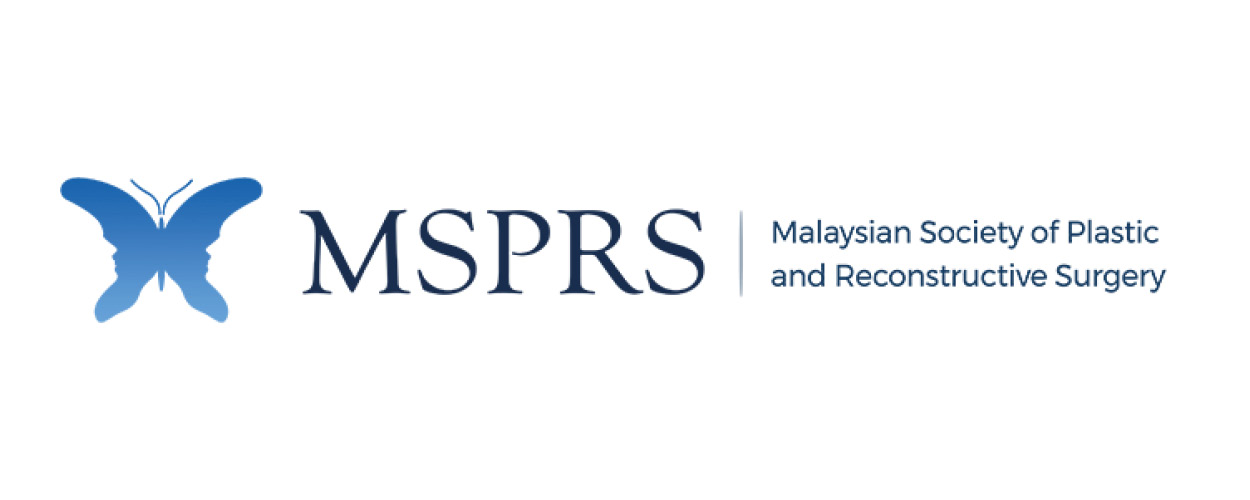Objectives: High oncological safety as well as patient satisfaction regarding the aesthetic-functional result is of utmost importance in modern breast cancer management.
This study focuses on long term outcomes as well as patient-reported outcome in different breast reconstruction techniques. Data from this study is essential in offering an optimized, individual treatment plan.
Introduction: For breast reconstruction after mastectomy, alloplastic alternatives with silicone implants are available in addition to various autologous reconstruction options such as free flaps or autologous fat grafting. Previous studies have focused on the possible complications of the techniques in detail, but there have been no conclusive comparative studies to date. In addition, existing data from isolated studies on the quality of life, satisfaction, psychosocial and physical well-being of patients who underwent breast reconstruction after breast cancer is inconclusive and not comparable.
Materials / method: In the course of a multicenter retrospective data analysis, complication types and rates as well as several other patient- and surgery related factors were evaluated in free tissue transfer (deep inferior epigastric artery perforator flap, transverse rectus abdominis myocutaneous flap, or latissimus flap), and the use of implants or tissue expanders for breast reconstruction after carcinoma therapy. Standardized Breast-Q questionnaires were used to analyze quality of life, satisfaction, psychosocial and physical well-being in different techniques.
Results: Within the study collective, significant differences regarding the complication types and rates were found and will be discussed together with the results of the current literature. Despite higher complication rates and number of revision surgeries, the long-term satisfaction was shown to be significantly higher in patients who underwent autologous breast reconstruction.
Conclusion: Significant differences in complication types and rates as well as long-term satisfaction were shown in different reconstruction techniques. Findings of these study may aid in preoperative decision-making along with patient-related factors, in order to generate the best result for each patient individually.
Divulgação de informações
Você recebeu algum patrocínio para sua pesquisa neste tema?
Não
Você recebeu algum tipo de honorário, pagamento ou outra forma de compensação por seu trabalho neste estudo?
Não
Você possui relação financeira com alguma entidade que possa competir com os medicamentos, materiais ou instrumentos abordados no seu estudo?
Não
Você detém ou pediu a registro de patente para algum dos instrumentos, medicamentos ou materiais abordados no seu estudo?
Não
Este trabalho não recebeu nenhum patrocínio direto ou indireto. O mesmo está sob a própria responsabilidade do seu autor.










